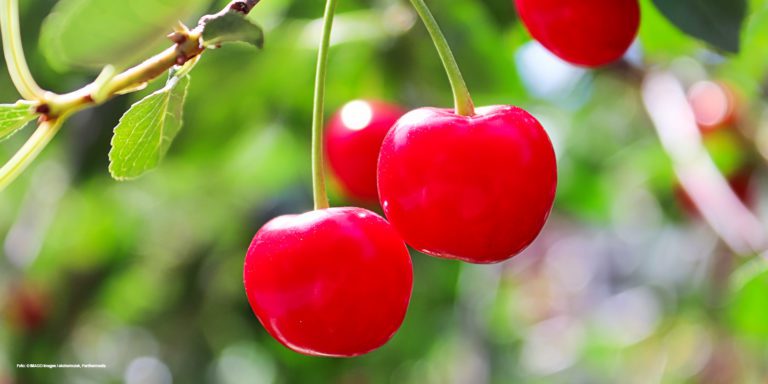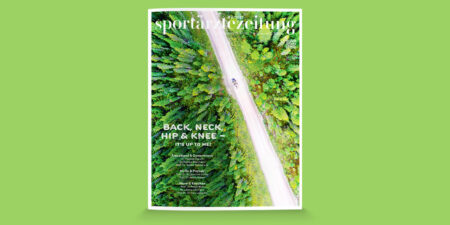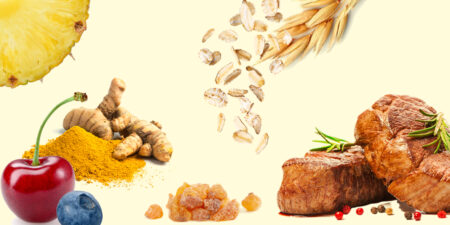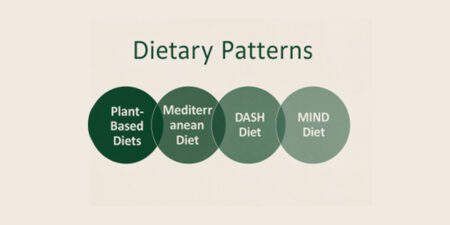In sport, regeneration is just as important as training itself. Structured and regular regeneration helps to cope with exercise better and to exercise again rapidly. During the regeneration period, which depends on the duration and intensity of the exercise, the organism is given the opportunity to adapt to the exercise stimuli. Thus, regenerative measures serve the physiological balance and the provision of functions that resupply the body.
In modern society, physical and mental regeneration plays an increasingly important role in restoring overall performance. Relaxation, serenity, well-being and contentment are closely linked to work-life balance and mindfulness. Regeneration is thus an important tool for improving self-regulation, whether to relieve acute/chronic states of ten-sion or to manage stress with ritualised settings. By definition, regeneration (from Latin: re – back, generare – to produce, generate) means renewed revival and revitalisation of the organism. It is therefore of great importance in medicine, sport and society in terms of the functional and morphological restoration of physical resources.
“Trinity of health” and further measures
In addition to the “trinity of health” (E. Rambourg), consisting of sleep, nutrition and exercise, other regeneration measures available include autogenic training, yoga, meditative practices, physical & manual treatments as well as functional relaxation (such as fascia or biofeedback training). Balanced sleep has now become an elusive luxury. In times of social media and the so-called meritocracy, “career” people boast about how little sleep they need because they lead supposedly exciting, successful and demanding lives and perform multiple tasks at the same time. Sleeping is said to be a waste of time and a waste of life because an 8-hour night’s rest would mean missing 1/3 of your life. Or have you ever heard someone bragging about how well they sleep and how it makes them feel energetic and full of energy? Yet, according to studies, many people suffer from sleep disorders and the associated side effects. The book “Why we sleep” by the US neuroscientist and sleep researcher Matthew Walker impressively shows, among other things, the importance of sleep in preventing Alzheimer’s, cancer and heart attacks. Sleep may not yet be sexy enough, but this seems to be changing. Customers are willing to pay to recharge their batteries on stressful work days. Whether at Dreamery by Casper, a New York Nap Bar, where a 45-minute nap costs $25, or in France at the so-called ZZZen Trucks, where mobile opportunities for relaxation are offered.
Sleep disorders and the importance of melatonin
When dealing with the topic of sleep disorders, stress, physical or mental illnesses, medication, alcohol and caffeine consumption, hormonal metabolic changes, shift work, but also, especially in sports, travel and late kick-off times play a decisive role. When it comes to nutrition to improve sleep, the media regularly mention valerian, vitamins B1 and B6 and, most recently, melatonin, the natural sleep hormone. Melatonin controls the day-night rhythm and is synthesised from serotonin, which is obtained from the essential amino acid tryptophan. In addition to promoting sleepiness and facilitating falling asleep, melatonin acts as a radical scavenger in mitochondria (“powerhouse of the cell”) and promotes the expression of antioxidant enzymes. The queen among foods is the Montmorency tart cherry from Michigan/USA. With its high nutrient (secondary plant substances) and melatonin content, it is an antioxidant, promotes sleep and also has anti-inflammatory and uric acid-lowering effects.
Elevated uric acid levels play an essential role in sports medicine regarding acute and chronic diseases and injuries. Elevated plasma and tissue levels of uric acid are found in about 30 % of men and 3 % of women [1]. In men, this is independent of age. Women initially benefit from the uricosuric effect of oestrogens, which leads to lower uric acid levels. After the menopause, however, the levels rise due to changes in the hormone balance. If the uric acid in the blood rises above 7 mg/dL, e.g. through physical work or sport, it can precipitate in crystalline form and be deposited in the efferent urinary tract, in the bloodstream and in bradytrophic tissues such as tendons and cartilage [2, 3]. For example, the connection between tendinopathies and hyperuricemia has been documented several times in the literature, and is basically old hat [4]. Dodds et al. from New Zealand compared the serum uric acid levels of 30 patients with Achilles tendon rupture with those of 30 healthy controls matched for age and sex. Serum uric acid levels were significantly higher in patients with a ruptured Achilles tendon than in controls. This finding was not dependent on gender or ethnicity [5]. Uric acid deposits between the tendon cells decrease stiffness and reduce the elasticity of the tendon tissue. It is therefore assumed that this finding may be related to an adverse effect on tendon nutrition.
Chronic inflammations
Uric acid deposits in the body can be impressively displayed and detected by special CT examinations (dual-energy CT). And these chronic inflammations, some of which are very stubborn, present us with major challenges in our daily practice, especially when conventional therapies do not show sufficient effect. From a preventive and therapeutic point of view, the Montmorency tart cherry provides us with a natural and potent tool for dietary management to lower uric acid and thus have an anti-inflammatory effect. The tart cherry juice inhibits the enzyme xanthine oxidase, which is necessary for the formation of uric acid [6]. Another study showed that drinking 30 – 60 mL Montmorency tart cherry juice concentrate increased uric acid excretion in volunteers by 250 %, resulting in a 36 % decrease in blood uric acid concentration [7]. Eating cherries can reduce the risk of a gout attack by 35 %, as a cherry juice concentrate by 45 %, and in combination with allopurinol even by up to 75 % in a total of 600 subjects [8].
Xanthine oxidase inhibitors are usually administered to prevent the “salting out” (crystallisation) of uric acid (urate). Active substances on the market are allopurinol and febuxostat. They have a uricostatic effect, i.e. they inhibit the synthesis of uric acid. However, uric acid crystals that have already been deposited cannot be removed from the tissues with these active substances. This can be achieved, for example, by eating grapes or so-called uricosurics, which can help dissolve urate crystals and make them easier to excrete.
Practical example
The following practical example shows how significant strategic use can be for the short-term treatment of uric acid:
The MRI image on the left shows a recalcitrant tendinosis with partial rupture of the proximal patellar tendon in a 19-year-old professional football player, which could not be alleviated by physiotherapy, shockwave or injection treatments. Surgery was now recommended and he presented at our practice for further assessment. After the use of 100 mg benzbromarone (uricosuric), the symptoms and inflammation were reduced in the MRI after only 14 days (Fig. 1 right MRI follow-up after two weeks).
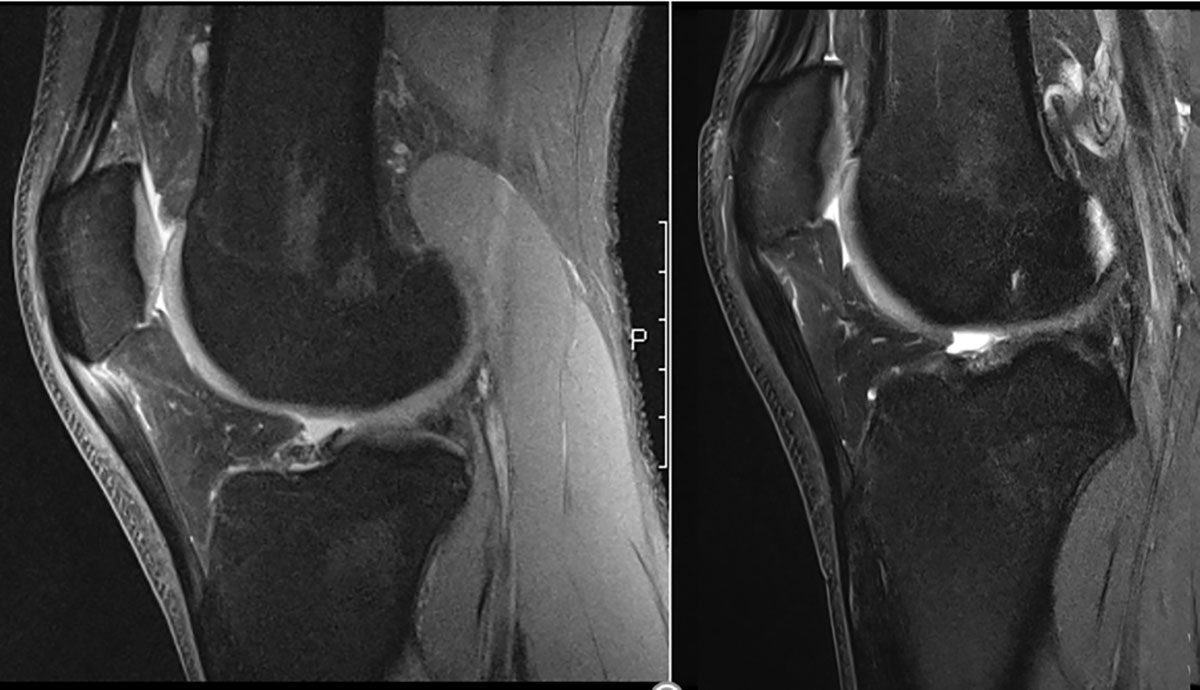
Conclusion
Montmorency tart cherry lowers uric acid levels naturally, effectively and without any known side effects (primary prevention). The Montmorency tart cherry concentrate can be easily integrated into a performance-oriented diet and is perfect as post-workout nutrition (shakes / capsules). It has the extraordinary potential to support regeneration after sports. It has an antioxidant effect, inhibits stress-induced inflammation, and improves sleep quality with its high melatonin content. “Mens sana in corpore sano”, a Latin phrase from the Roman poet Juvenal, means “a healthy mind in a healthy body”. The triad of sleep, nutrition and exercise provides us with the natural foundations for this.
Literature
[1] Gresser U, Gathof BS, Zöllner N: Uric acid levels in Southern Germany, 1989
[2] Rakestraw N: Chemical factors in fatigue: The effects of muscular exercise upon certain common blood constituents J Biol Chem, 1921
[3] Levine, S. A., Gordon, B., & Derick, C. L.: Some changes in the chemical constituents of the blood following a marathon race. Journal of the American Medical Association, 1924
[4] Clement, D. B., Taunton, J. E. and Taunton, C. A.: The relationship between uric acid and tendonitis in the endurance athlete. 6th Annual Meeting, Canadian Association of Sports Sciences, 1972
[5] Dodds WN, et al., the relationship between Achilles tendon rupture and serum uric acid level, 1984
[6] Haidari, F et al. Inhibitory Effects of Tart Cherry (Prunus cerasus) Juice on Xanthine Oxidoreductase Activity and its Hypouricemic and Antioxidant Effects on Rats, 2009
[7] Bell, P. G. et al. Montmorency tart cherry (Prunus cerasus L.) concentrate lowers uric acid, independent of plasma cyanidin-3-O-glucosiderutinoside, 2014
[8] Zhang, Y., Neogi, T., Chen, C., Chaisson, C., Hunter, D. J., & Choi, H. K., Cherry consumption and decreased risk of recurrent gout attacks, 2012
Autoren
ist Facharzt für Orthopädie und Unfallchirurgie, Sportmedizin, M-Arzt (VBG). Nach Stationen in der Mediapark Klinik Köln und Sportsclinic Cologne gründete er ORTHO SPORTS LAB in Pulheim. Von 2008 – 2011 betreute Dr. Yildirim als Mannschaftsarzt des DFB die U15 – U19-Nationalmannschaften, von 2013-2023 war er Mannschaftsarzt des Fußballbundesligisten Bayer 04 Leverkusen. Außerdem ist er wiss. Beirat der sportärztezeitung.
